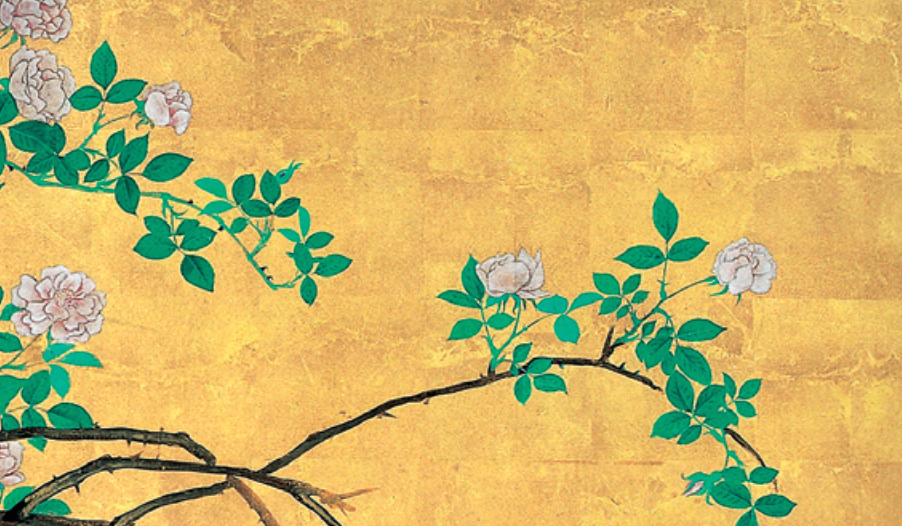
How is Japanese incense made?
Japanese incense can be made from sandalwood, agarwood, resin and essential oils. While some are made only with herbal ingredients, others contain fragrance oils certified by the International Fragrance Association (IFRA), as well as dyes that distinguish one type of incense from another. Of the many varieties available on the market, this incense is probably the most natural and meets Japan's strict health and quality standards.
The base of Japanese frankincense is made from the bark of the Tabu tree. A distinctive feature of this tree bark is the clay-like dough that is created by mixing the powder form with water. The dough can then be rolled or pressed into thin sticks.
Water is added to the powder and the ingredients are crushed together. The process of making the incense is a delicate task. The hard work and experience of seasoned artisans are fundamental to controlling all the variables that affect the small incense stick: the quality and origin of the raw material, temperature, humidity, water used for mixing, drying time ...
When the pasta has reached the right consistency, it is rolled into a noodle shape. Unlike the India's incense, no bamboo is used, so the incense remains pure and less smoke is produced during the burning process.
Then the incense sticks are cut so that they are equal in length and do not dry on wooden trays. They dry out in a large room where humidity and temperature are carefully controlled.
For international shipping check our worldwide shipping partner JPNLifestyle.com
JPNLifestyle.com has same assortment with attractive worldwide shipping rates.



















